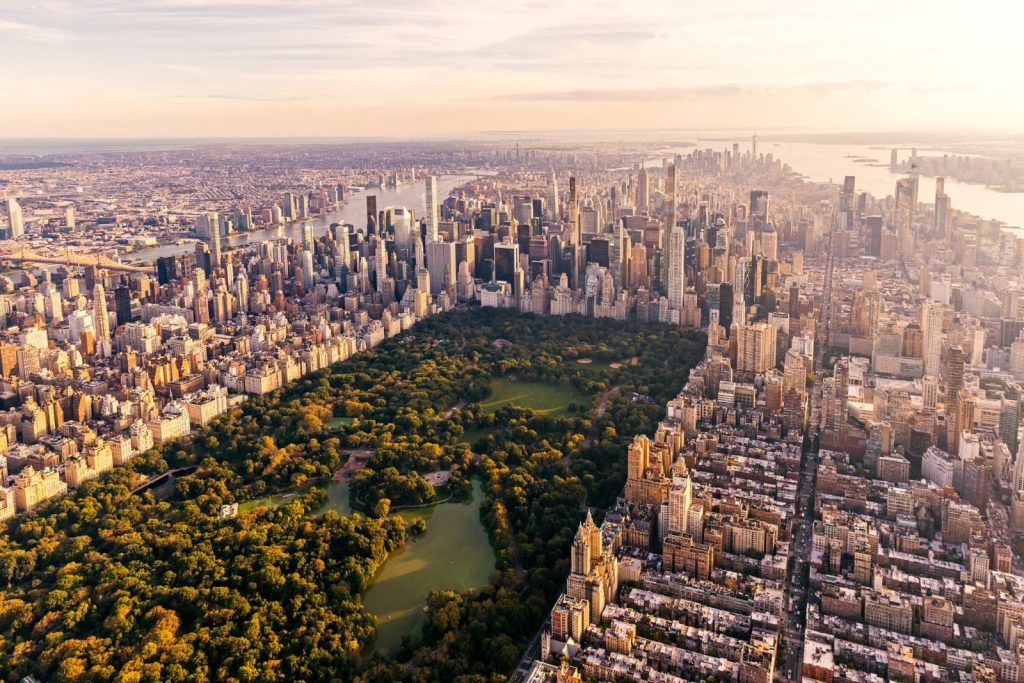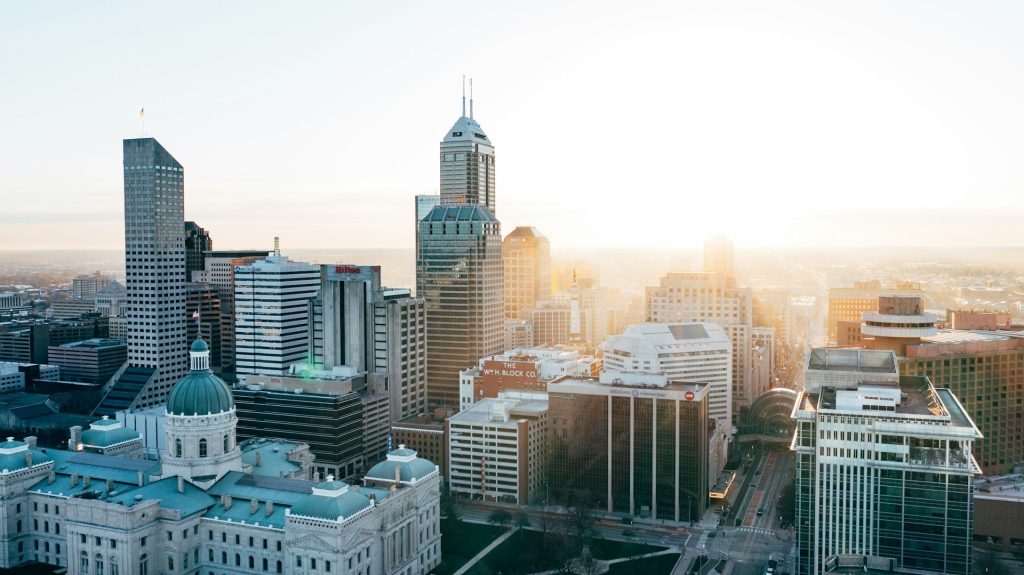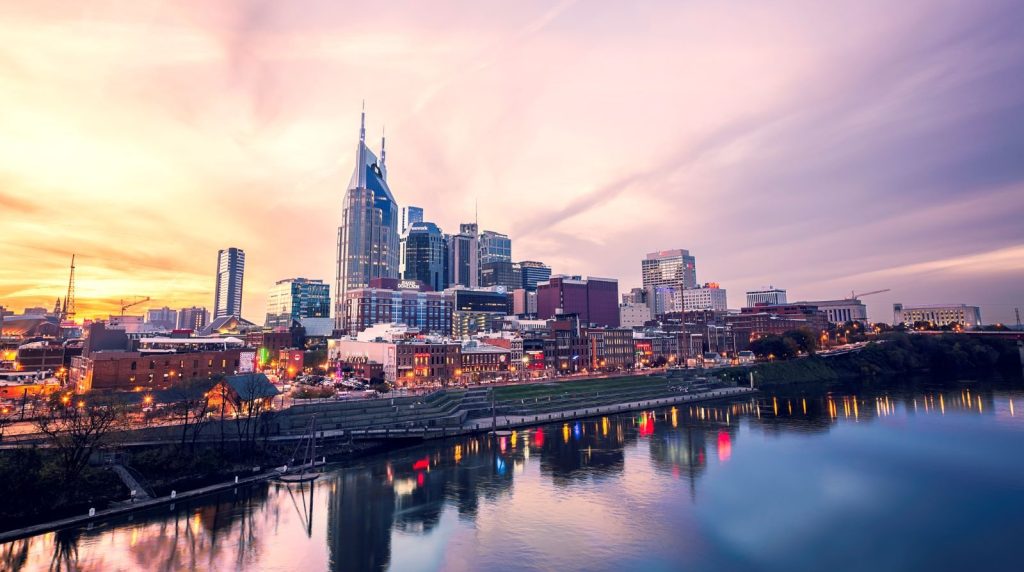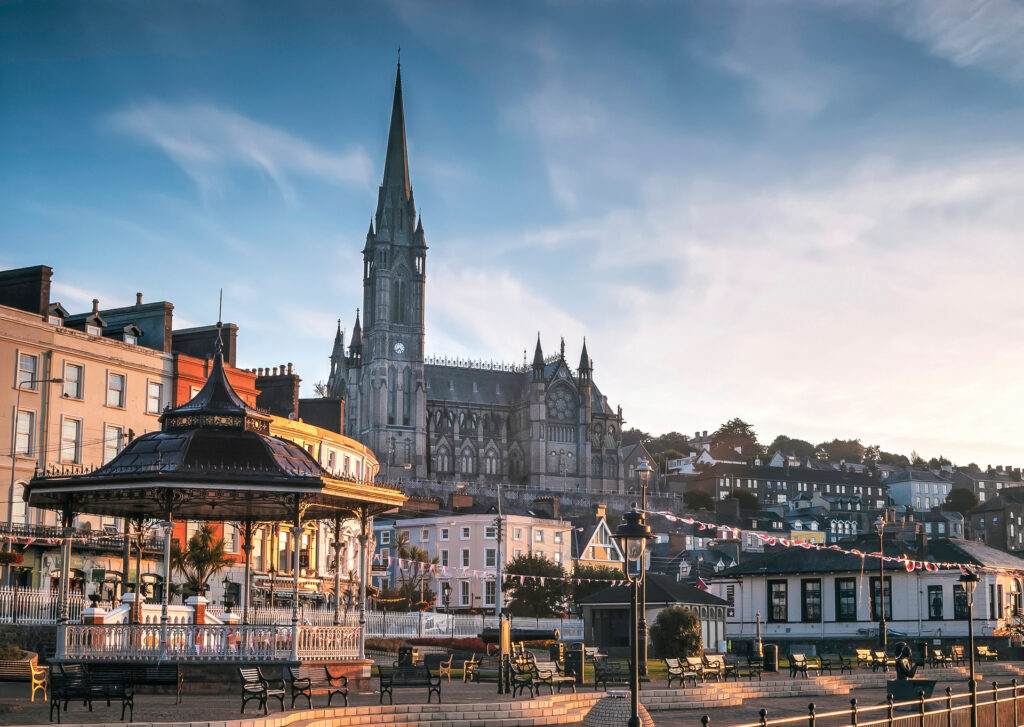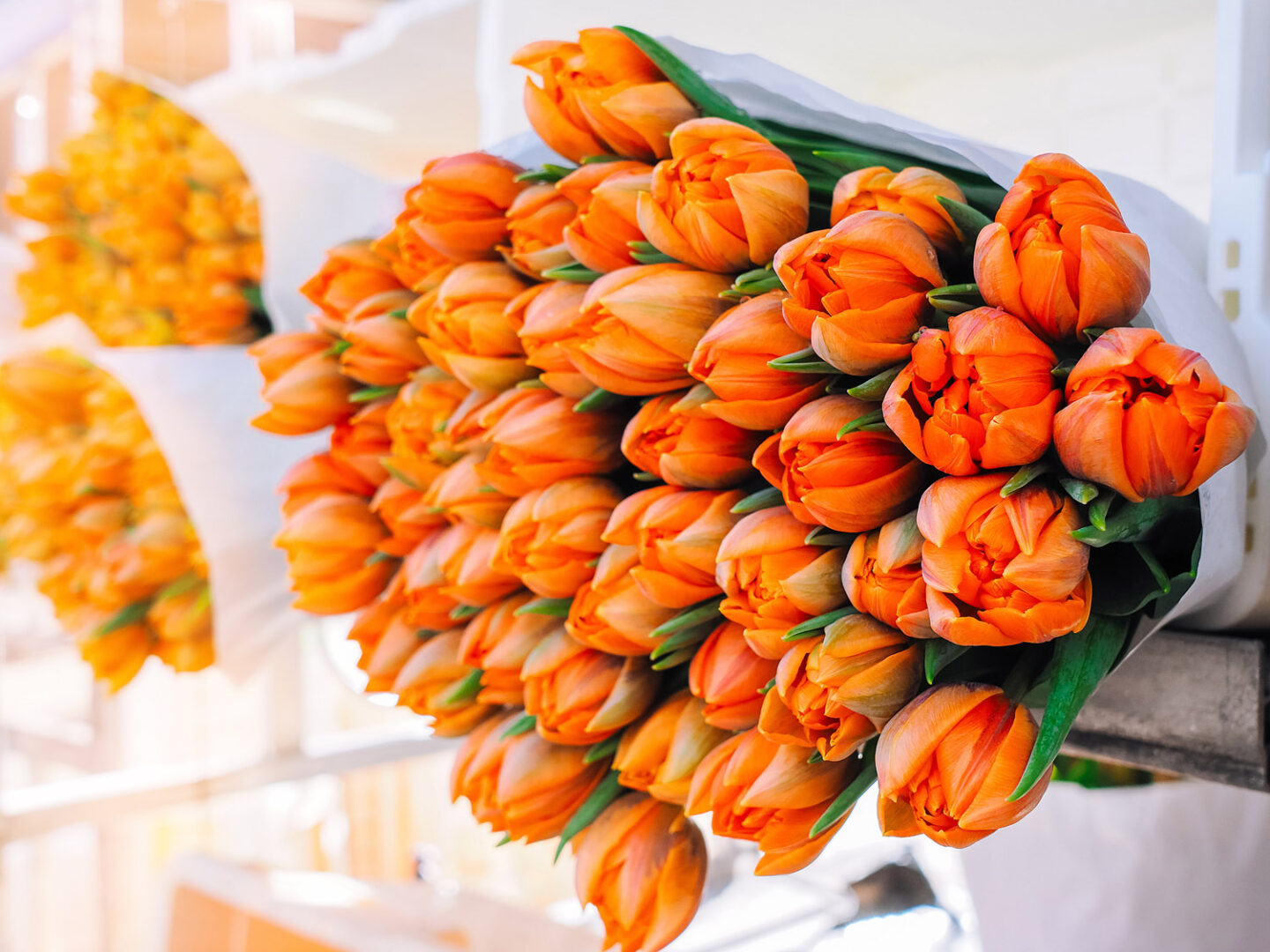
5 free things to do in Amsterdam
From exploring colourful flower markets to voyaging to an island of recycled art, these are my picks of the best free things to do in Amsterdam.
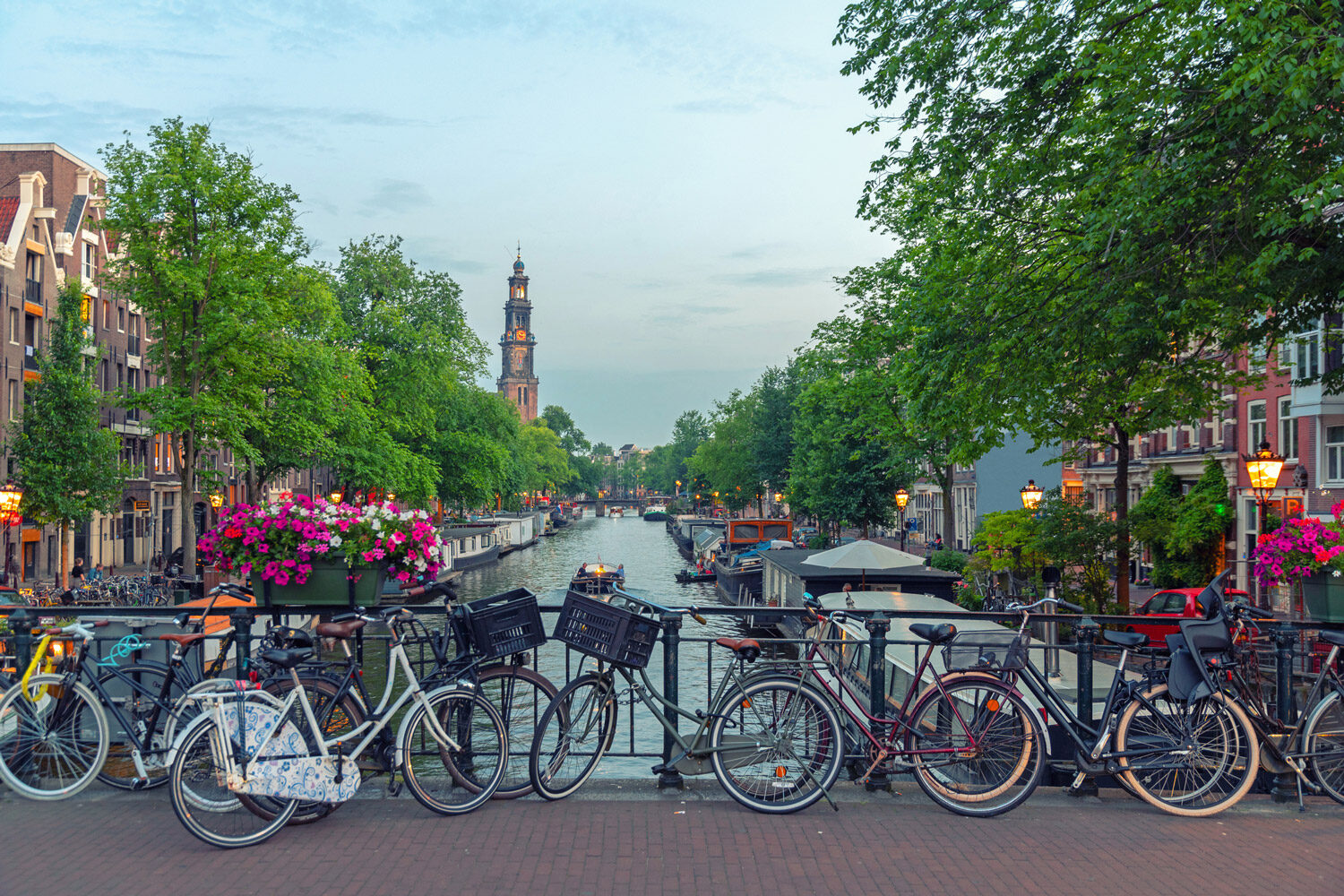
1. Explore the canals
More canals flow in Amsterdam than in Venice, and the 400-year-old waterways are a UNESCO World Heritage site. So roaming around them is like being in a free, living museum, but with a cool cafe every few metres.
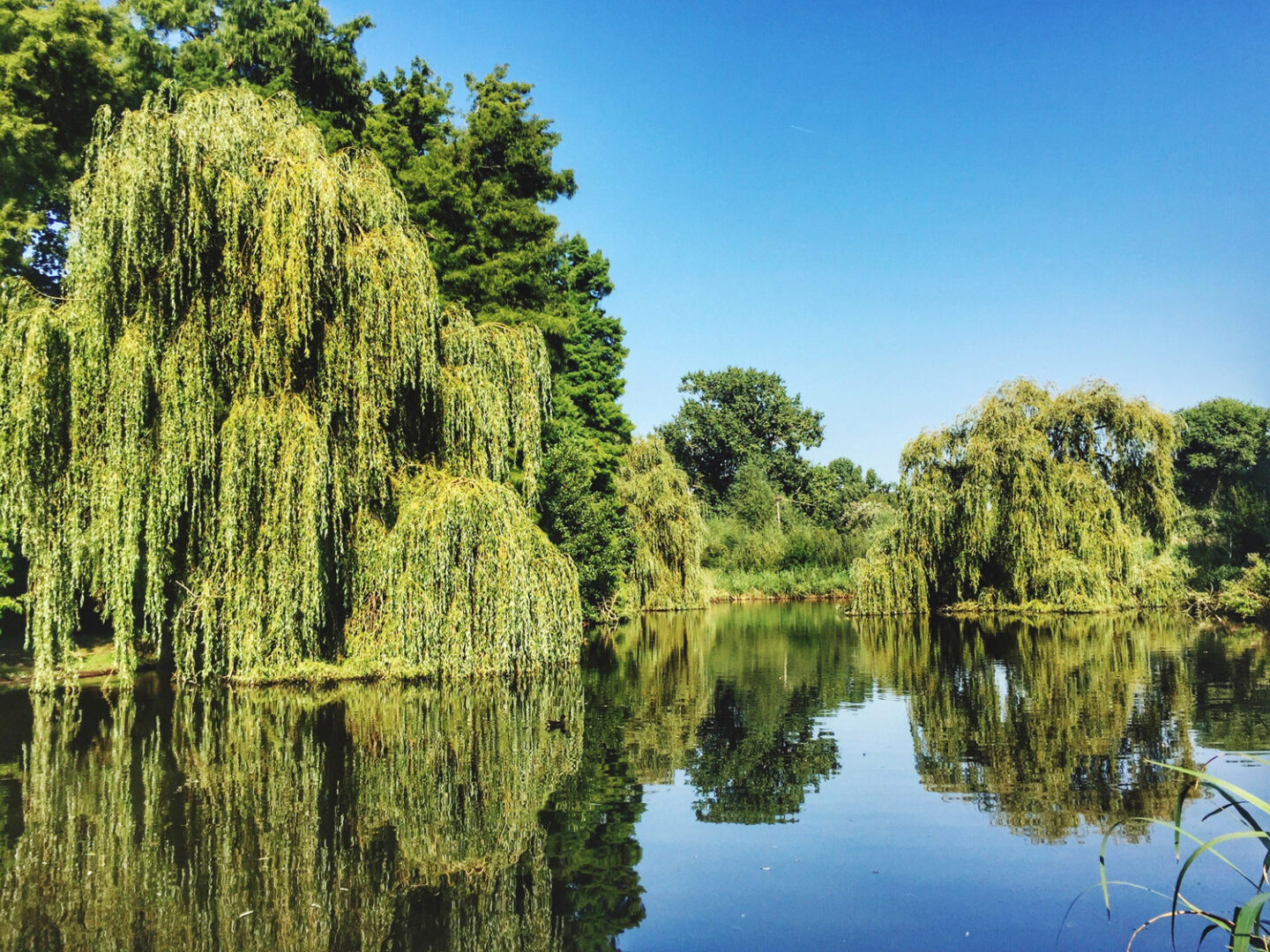
2. Discover Vondelpark
Amsterdam is short of green spaces, which makes the leafy expanses of the Vondelpark, the city centre’s main park, one of its best attractions. The park has a wide variety of local and imported plants, an excellent rose garden, and a network of ponds and narrow waterways. There is a large colony of bright-green (and very noisy) parakeets. During the summer the park also regularly hosts free concerts and theatrical performances, mostly in its specially-designed open-air theatre.
3. Concertgebouw on Wednesdays
There are free lunchtime concerts at this impressive arts venue every Wednesday from mid-September through to June. Home of the Koninklijk (Royal) Concertgebouw Orchestra. It has become renowned among musicians and concertgoers for its marvellous acoustics, and after a facelift and the replacement of its crumbling foundations in the early 1990s it is looking and sounding better than ever. Get there early though – you’ll have some competition to get in!
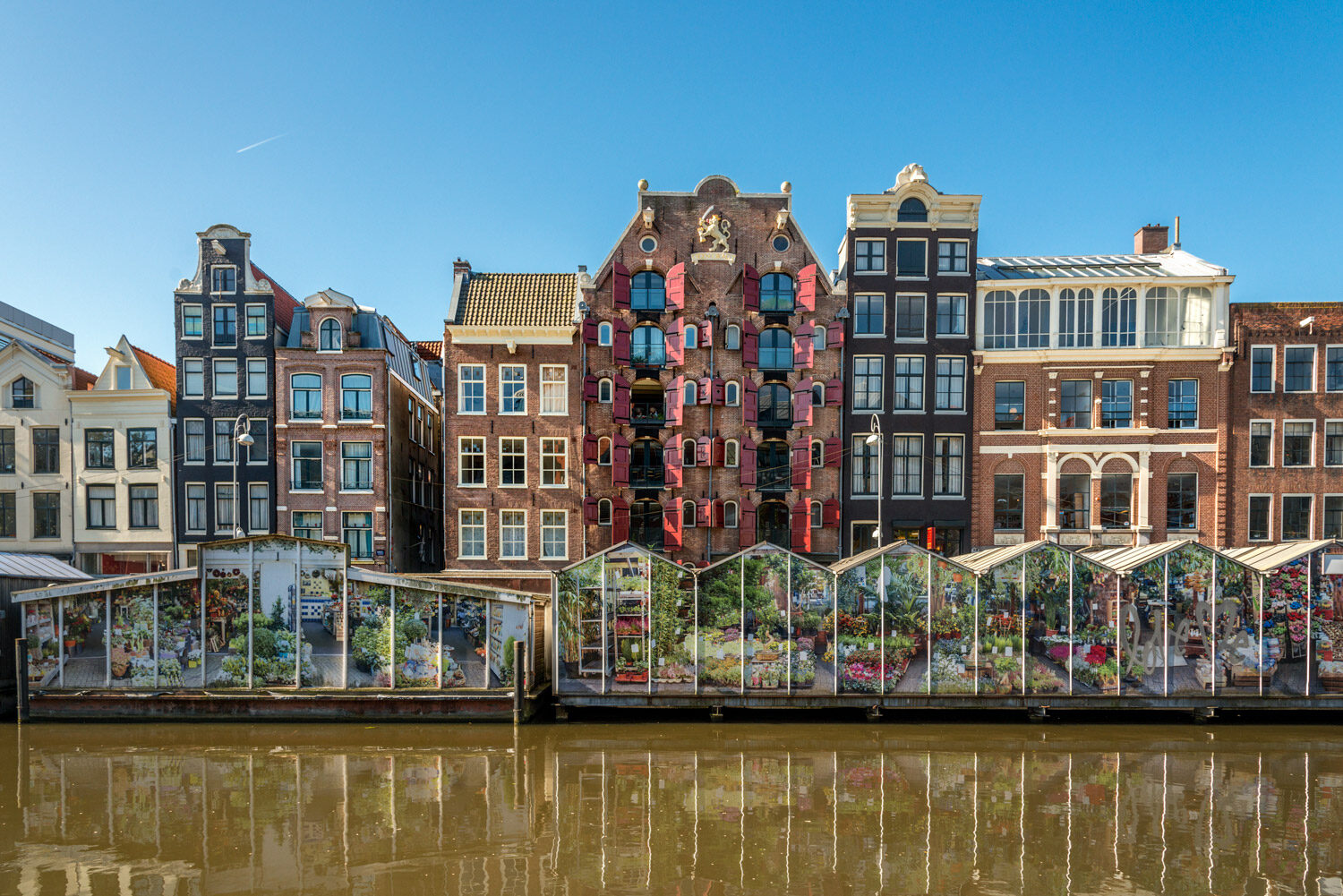
4. Floating flower market
Wander past the stalls of the city’s wonderful floating flower market, the Bloemenmarkt (daily 9am–5pm, some stalls close on Sunday), which extends along the southern bank of the Singel.

Popular with locals and tourists alike, the market is one of the main suppliers of flowers to central Amsterdam, but its blooms and bulbs now share stall space with souvenir clogs, garden gnomes and other gifts. You’ll have to pay to buy a bunch but it’s free to smell the roses!
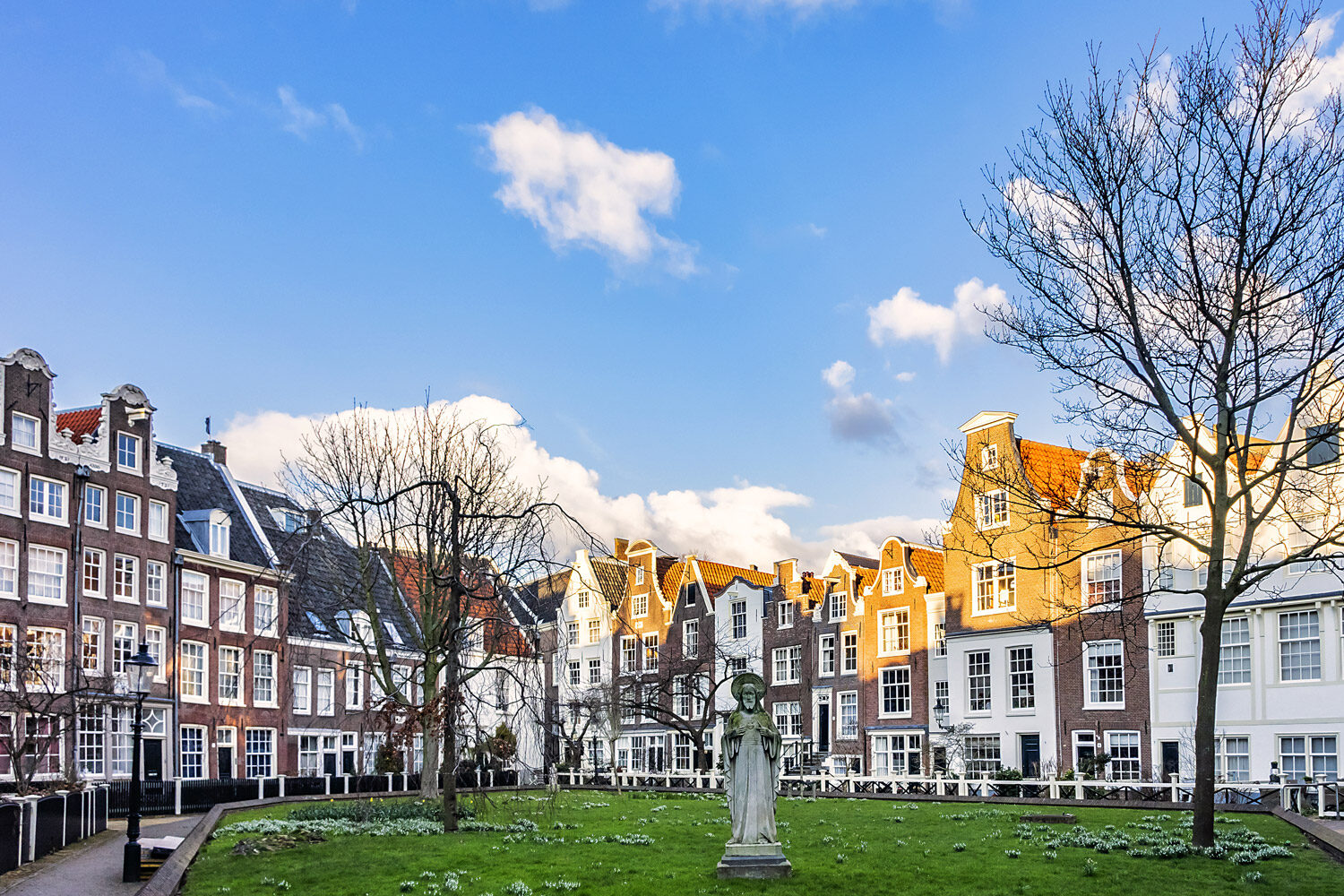
5. Begijnhof – the secret courtyard
Through a brown wooden door, leading off the busy Spui square, lies another world – a tranquil garden courtyard. An oasis of 14th-century houses and gardens appears, along with two clandestine, relic-filled churches.

